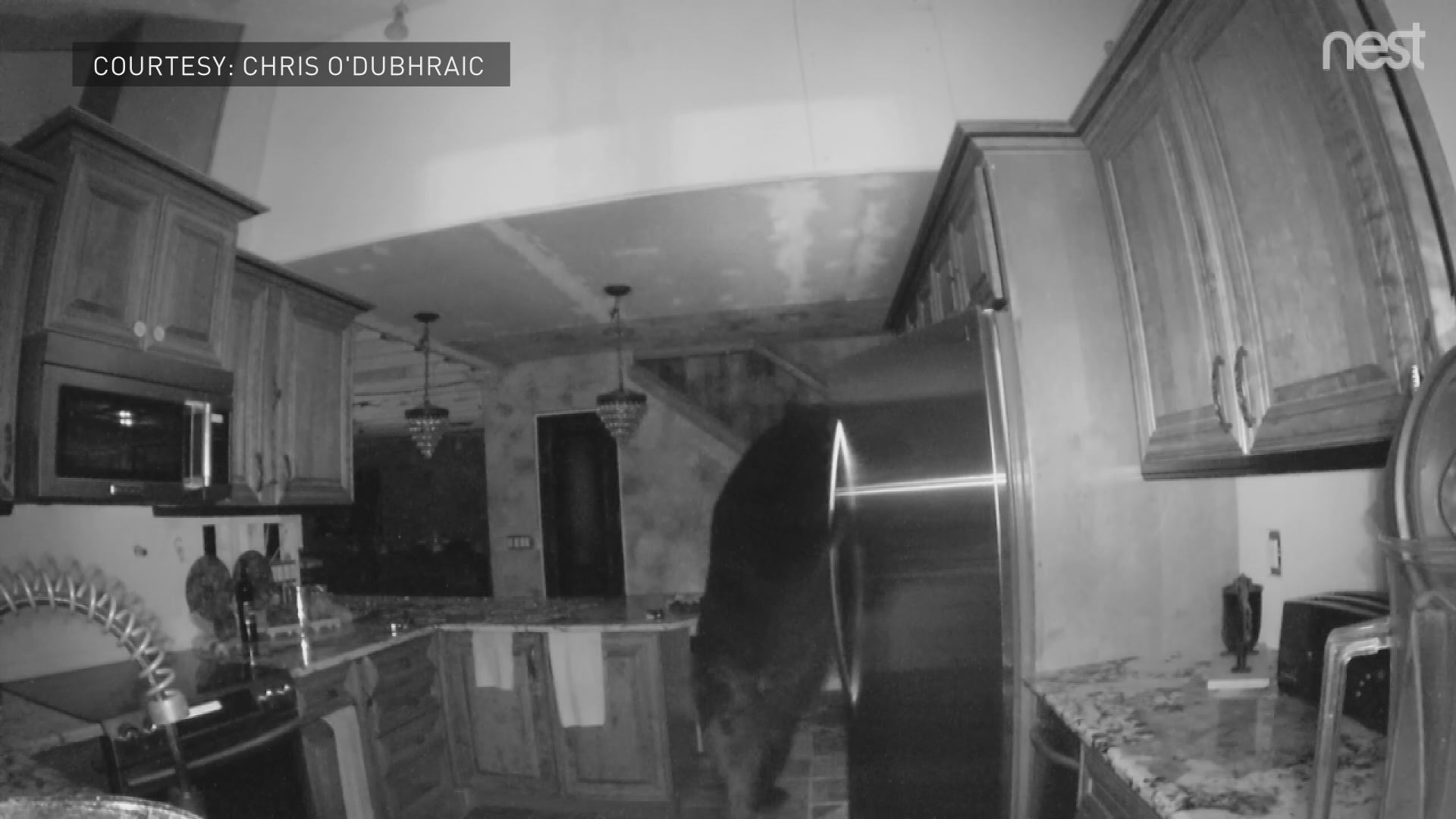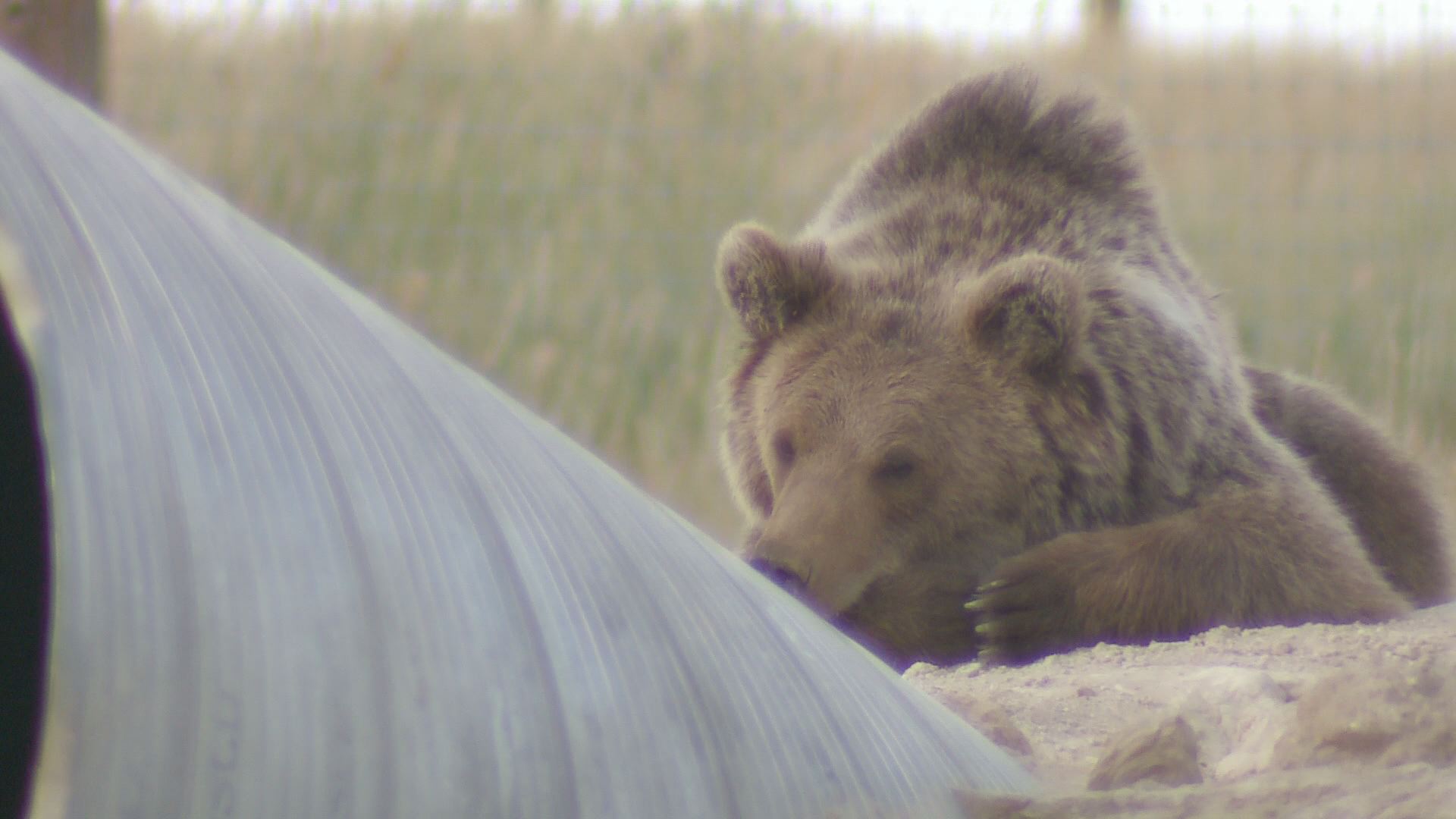Hungry bears have brought their search for food right into Colorado homes.
A mama bear and her cubs were relocated over the weekend after they were found in a Colorado Springs garage.
This incident is just one of many lately involving bears and humans in our state.
The number of bear and human conflicts has been on the rise in the last 10 years, according to Colorado Parks and Wildlife.
RELATED: What's causing the bear call spike?
This year, CPW officers killed 35 bears that officers decided were becoming a safety problem. Seventeen were relocated, but that doesn't work in every case.
For example, once a bear figures out where to get food -- whether that's in nature or someone's trash can -- they keep coming back to that source.
Food is the biggest priority for a bear.
Those who take care of rescued bears at the Wild Animal Sanctuary in Keenesburg says it has a lot to do with their size.

"Their jobs all summer is to put on enough weight to safely hibernate," said Kent Drotar, the director of the sanctuary ambassador program.
"Things have dried out quickly," Drotar said.
That's a big part of the problem. A black bear eats 20,000 calories a day as they prepare to hibernate. But for those in the wild, their natural food source is drying out, or they're having trouble finding any food at all.
"An animal may have history of foraging for years in an area, and all of a sudden there's a subdivision there," Drotar said.

There are anywhere from 17,000 to 20,000 bears in Colorado, which is why human and bear conflict is a major concern for CPW.
There are easy things people can do, like keep trash in a garage and don't put it out too early to avoid attracting bears.
People in bigger cities aren't exempt from this; they are also at risk of seeing bears.


